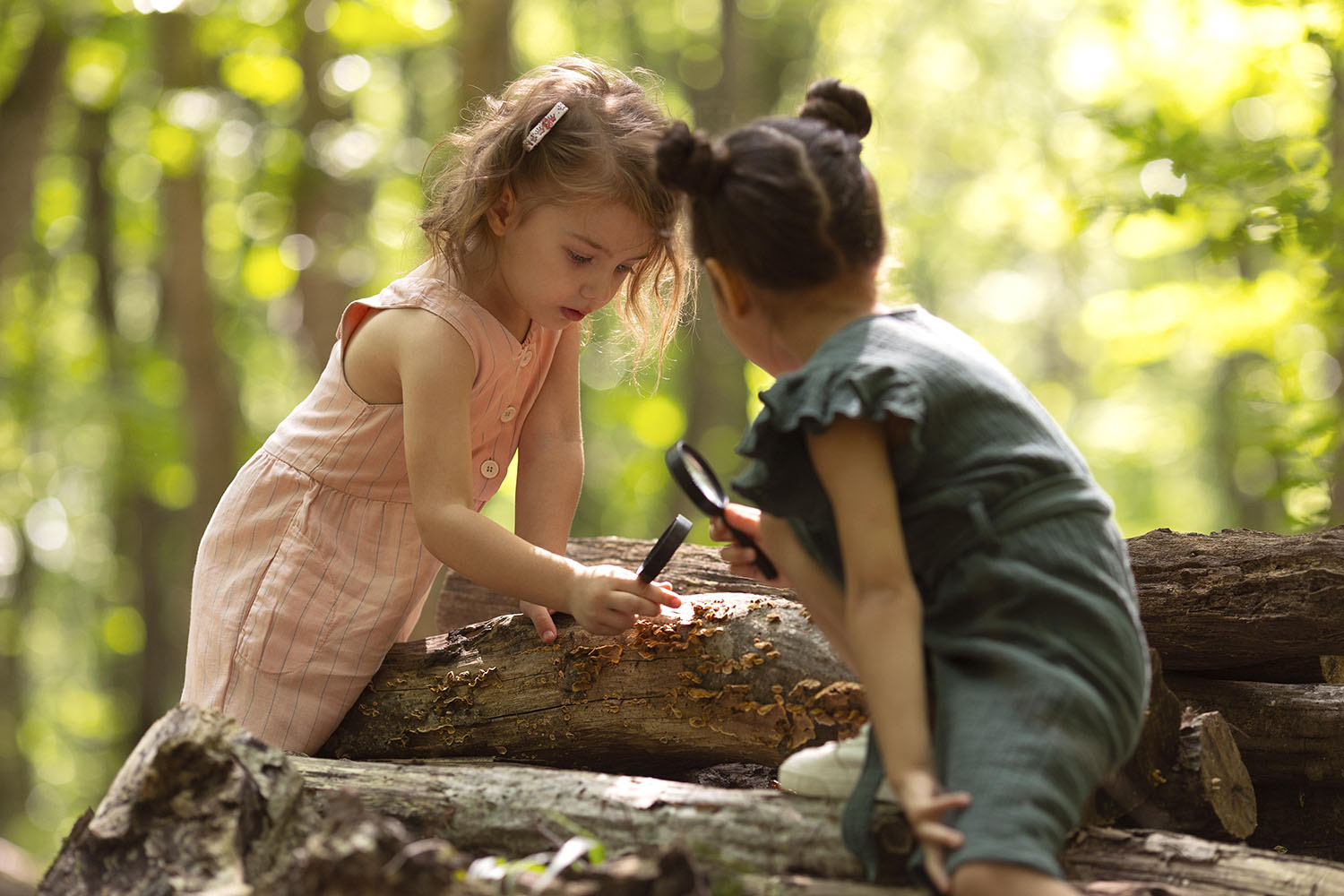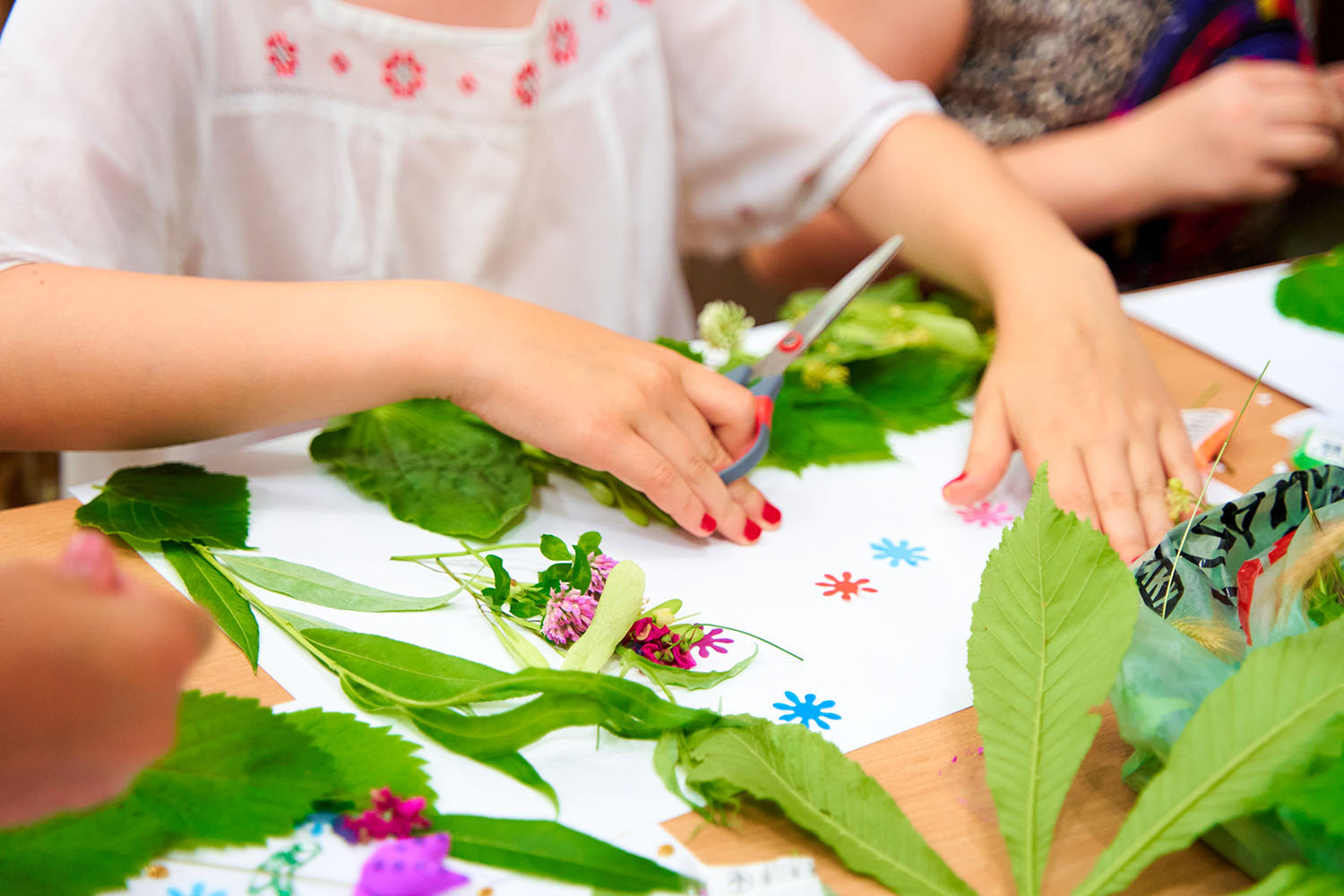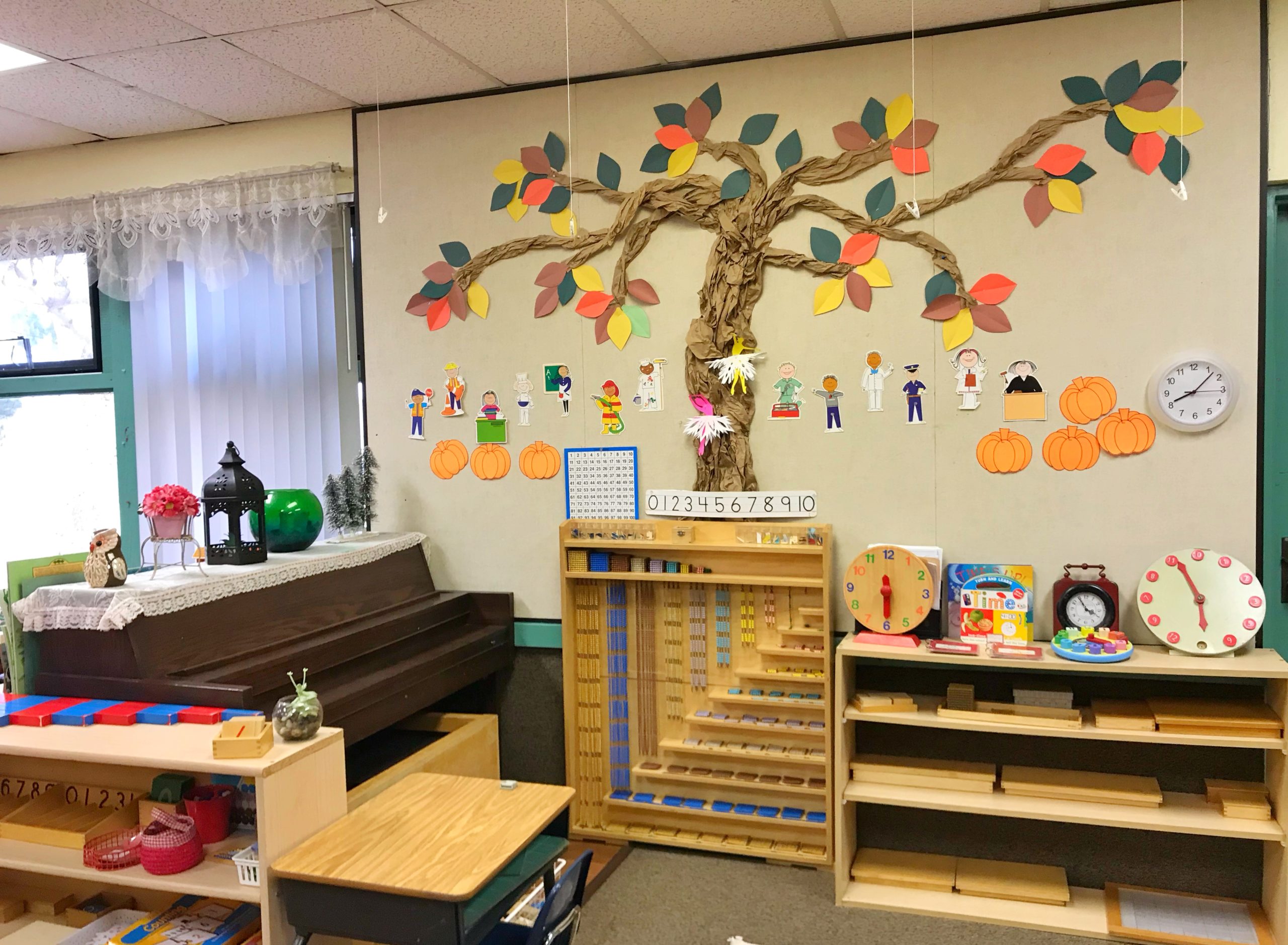
During childhood, children have the opportunity to make connections with everything around them. Through this, kids can learn to relate and grow in a more liberated environment. At least, that is what the pedagogue Maria Montessori mentioned.
The founder of the Montessori method pointed out that children develop better in contact with nature, as opposed to learning in a classroom every day. Therefore, in this article, you can learn about the importance of involving children with nature based on the concepts of Montessori education.
Nature and children
It is common for most parents to avoid letting their children spend too much time playing outdoors, either due to fear of illnesses or dirt. However, this practice could be limiting the children’s learning capacity.
During her research to design the Montessori method, the pedagogue discovered that children who spent more time playing outdoors and interacting with nature developed deeper connections with their environment. Maria Montessori even coined the phrase ‘the child is the greatest spontaneous observer of nature,’ as they can develop their imagination without limitations. Additionally, specialists suggest that involving children in a natural environment allows for better physical and psychological development.
As we have seen in other articles, the Montessori method aims for the child to learn at their own pace, to solve problems and engage with their surroundings. To achieve this, this type of education allows the child to explore their creativity and knowledge with the help of easily manipulable tools and elements. In this case, nature is an important part of Montessori teaching techniques. Moreover, involving children with nature will make them environmentally conscious and strengthen other values.
Likewise, just like with other activities, if you are starting to involve your child with nature using Montessori principles, you should follow some key guidelines to help them create effective connections with their environment. In fact, at Central Montessori Schools (CMS), we offer an exciting summer camp where children have the opportunity to participate in outdoor activities, make new friends, and learn about Montessori education from an early age.
How to foster a connection with nature?

Before you begin, you can explain to the child where they live, starting with their home and extending to planet Earth. Through this, you can teach them that not only do you live on Earth, but other living beings also deserve respect. Afterwards, you can try the following activities.
Spending time outdoors
To start involving your child with nature, most of their activities should take place outdoors, especially those related to learning. For example, if your child has homework, you can encourage them to do it outside, sitting in the garden. They can also read, listen to music, play, or conduct scientific experiments outdoors so that they feel that nature is a part of their daily life.
Prepared environment
As we have seen in previous articles, it is important for spaces to be prepared for the activities they will undertake. In this case, if you have a garden, you can set up tables and chairs at your child’s height so they can do their tasks or activities. If you do not have a green area, you can create a natural space by placing logs and stones so they can feel a part of nature.
Gardening activities
One of the favorite activities of Montessori children is gardening, as it is a task that can be done both at school and at home. With this activity, children can plant seeds and closely observe the entire plant growth process. You can even get involved in taking care of the seeds by planting your own crop.
Remember, this activity will teach them to respect life and understand the processes of nature. Therefore, the child should water and care for their plant as part of their responsibilities. Avoid doing your child’s tasks for them; that is, if they forget to water it or trim the leaves, let them do it themselves, but you can gently remind them that they need to take care of their plant.
Creating instruments or objects
Another activity they can do is collect sticks, leaves, and stones to create their own musical instruments and other items. Through this, the child will learn to make use of all the elements in their environment. Additionally, your child can let their imagination flow to create unique items.
Moreover, you can teach them the value of recycling and reusing and how these actions help our planet.
Using nature in educational materials
Previously, we discussed some elements that can be used in Montessori education. In this case, you can implement wooden materials for learning to read or write, as natural items provide a sense of relaxation and familiarity.
Going on excursions
Another way to involve your child with nature is by going on exploration excursions. For example, you can go to a park and play games like ‘I spy’ to find new elements. Also, help them recognize species they may not know or use exploration books to look for birds and other animals that are part of their environment.
Sensory activities
Taking advantage of the excursions, you can let the child explore, feel, and become a part of nature. In this case, do not worry if they get dirty. The important thing is that the child interacts with all the elements of nature, including touching soil or mud, smelling flowers, feeling the texture of moss, and so on.
In conclusion, you can involve your child with nature from their early days to help them grow with important connections. However, if you are just getting started, you can reach out to our professionals at CMS or enroll your child in one of our programs to introduce them to Montessori education and nature at the same time.




